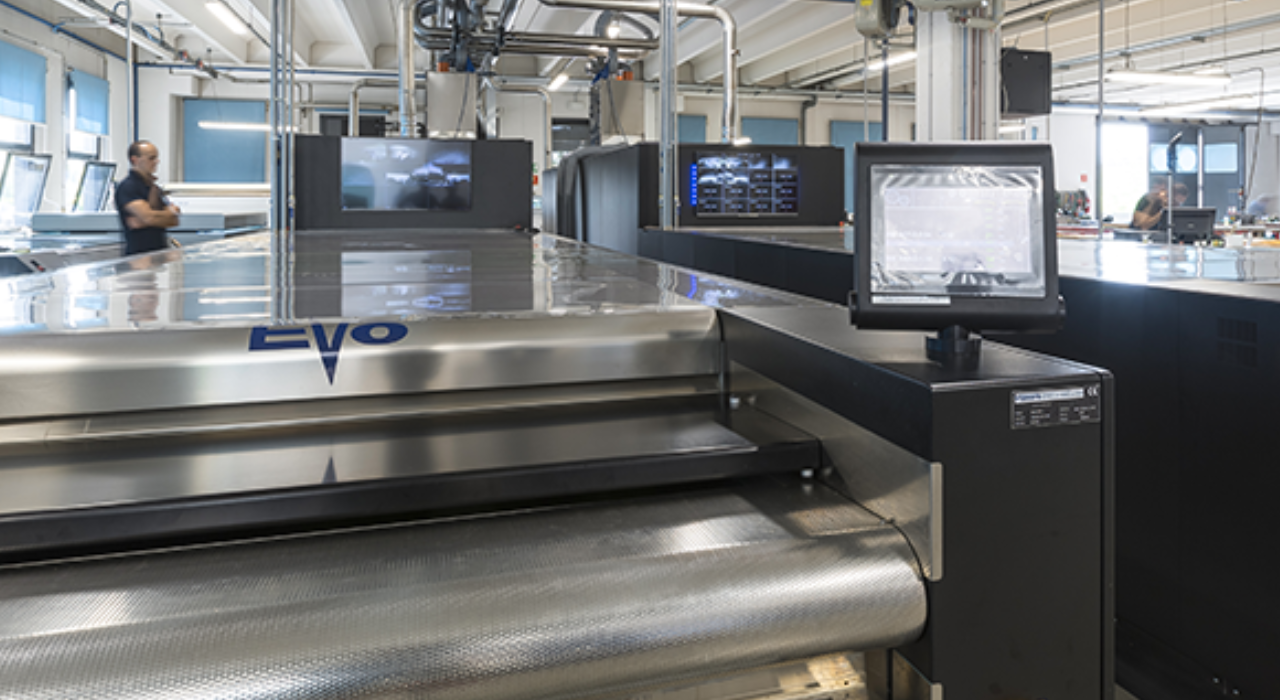Flexographic printing, commonly known as flexo printing, has experienced significant advancements over a long time, especially within the innovation and materials utilized for printing plates. Early flexo printing depended on rubber plates, which were physically engraved and inclined to inconsistencies and restricted accuracy. The presentation of photopolymer plates marked a major jump forward, advertising higher accuracy, strength, and quicker generation times.
Progressions in advanced plate making and high-resolution imaging have encouraged improved the quality and proficiency of photopolymer plates. Moreover, laser and electronic etching advances have revolutionized plate generation, giving unparalleled precision and speed. These advancements have driven higher quality prints, more noteworthy efficiency, and expanded flexibility within the printing industry, making flexo printing a favored choice for different applications, from bundling to names.
Progressions in Flexographic Printing: Updating Print Quality, Productivity, and Adaptability
Over the years, flexographic plate printing, as often as possible alluded to as flexo printing, has experienced impressive headways, especially inside the materials and development utilized for printing plates. The printing industry has profited from these headways in terms of progressed print quality, better efficiency, and extended flexibility.
Early Flexo Printing Plates
Within the early days of flexographic printing, rubber printing plates were the standard. These plates were made by physically etching or molding elastic to create the required images and content. Whereas rubber plates were generally strong and adaptable, they had a few confinements that influenced their execution and print quality. The manual etching of rubber plates needed the exactness required for high-quality, detailed prints, and driving issues with precision and consistency. Also, the manual handle regularly resulted in inconsistencies within the plates, which may cause surrenders and varieties within the print quality.
Transition to Photopolymer Plates
The introduction of photopolymer plates checked a critical jump forward in flexographic printing innovation. Photopolymer plates are made from light-sensitive polymers that solidify when uncovered to UV light, permitting much more exact and nitty gritty etching of plates compared to rubber plates. This innovation brought a few key preferences to the industry. Photopolymer plates permitted for much better detail and more noteworthy consistency, altogether making strides in print quality. They are too more tough and safer to wear and tear, making them appropriate for longer print runs without compromising quality.
Advancements in Photopolymer Plate Technology
Over a long time, the innovation utilized to form photopolymer plates has proceeded to advance and assist in improving their execution and quality. One of the eminent advancements is computerized plate making, which has killed the requirement for film negatives. Digital plates are made specifically from advanced records, progressing exactness and decreasing the potential for mistakes within the plate-making handle. Another noteworthy headway is high-resolution imaging, permitting modern photopolymer plates to capture greatly fine subtle elements, supporting high-resolution imaging for more perplexing plans and more honed prints.
Laser Engraving Innovation
Another major development in flexographic printing plate innovation is the utilization of laser etching machines. Laser etching gives unparalleled exactness, permitting for exceedingly detailed and complex plans that were not conceivable with conventional strategies. This innovation offers a few preferences, counting speed and effectiveness. Laser etching is speedier than conventional strategies, giving the time required to create plates and expand general productivity.
Electronic Engraving Machines
Electronic engraving machines have moreover played a pivotal part in progressing flexographic printing plate innovation. These machines utilize electronically controlled jewel styluses to etch the necessary cells and designs onto the plate. The electronic control guarantees reliable and precise etching, coming about in uniform print quality. The utilization of computer programs to control the etching handle mechanizes plate generation, diminishing the requirement for manual intercession and minimizing mistakes. This automation not as it were increments effectiveness but moreover improves the precision and consistency of the plates.
Impact on the Printing Industry
The evolution of flexographic printing plates has had a significant effect on the printing industry. The advancements in plate technology have driven a few benefits. Improved print quality is one of the most noteworthy impacts, as the accuracy and detail conceivable with present-day plates have essentially progressed the quality of flexographic prints, making them reasonable for a more extensive run of applications. Expanded proficiency is another key advantage, as advances in plate-making innovation have streamlined the generation preparation, diminishing lead times and costs.
Conclusion
The advancement of printing plates in flexographic printing has changed the industry, enabling higher quality, more prominent productivity, and more flexible applications. From the early days of physically engraved elastic plates to the advanced photopolymer and laser-engraved plates of nowadays, these headways have made flexographic printing a preferred strategy for creating high-quality names and bundling.
